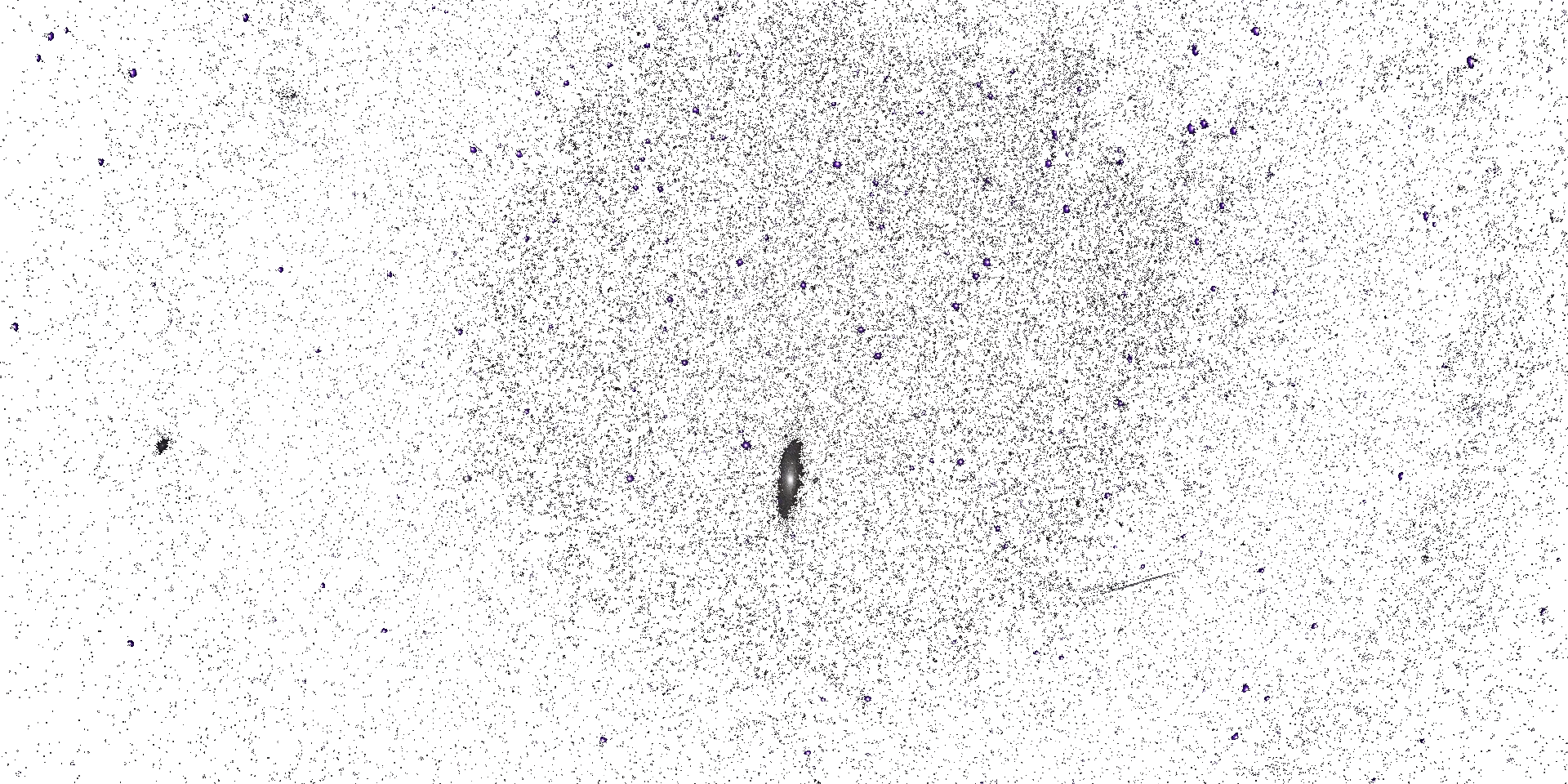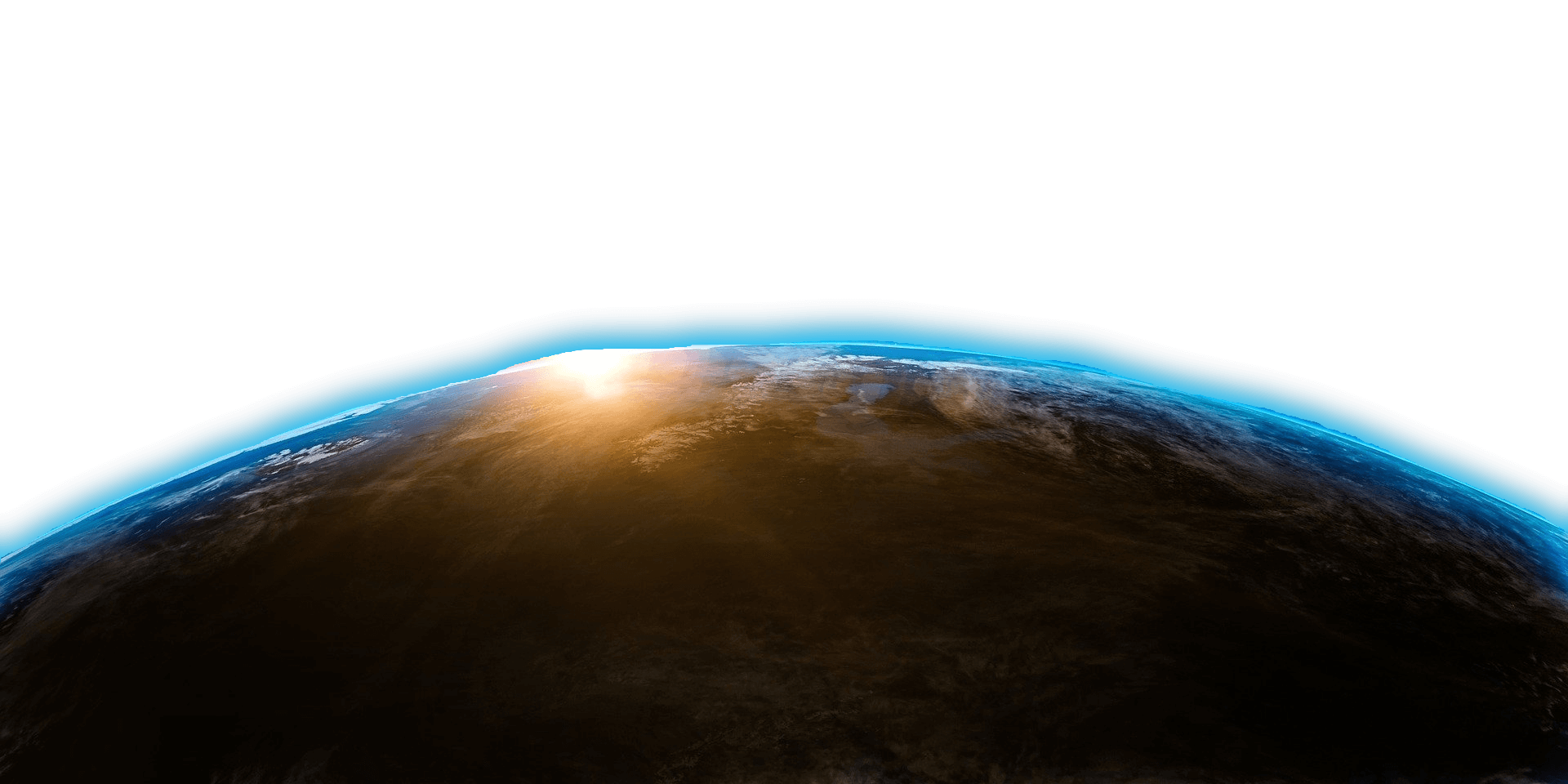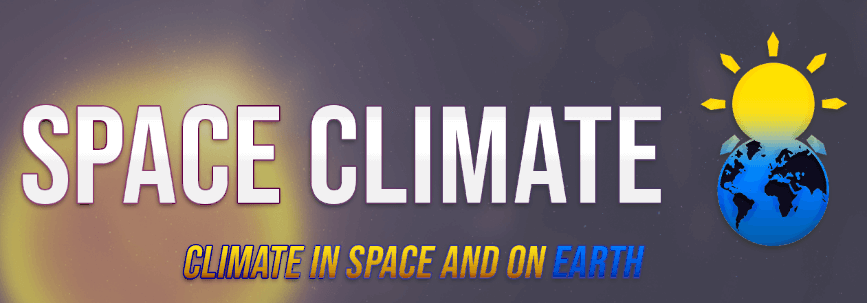




Space Climate 8 Meeting Abstract
An ice-core perspective on extreme solar particle events
Florian Mekhaldi (British Antarctic Survey)
Chiara I. Paleari (Dept. of Geology, Lund University)
Raimund Muscheler (Dept. of Geology, Lund University)
It is well-known that ice cores contain a wealth of information about the Earth’s climate history. In recent decades, it was demonstrated that ice cores are also an invaluable archive of space climate and space weather events for the past several millennia, through the study of cosmogenic radionuclides. Radionuclides are mostly produced in the atmosphere by the high-energy interactions between galactic cosmic rays and atmospheric constituents, the influx of which is modulated by the fluctuating strength of the helio- and geomagnetic fields. As a result, radionuclide records can embed the signal of solar activity. In addition, extreme SEP events can significantly enhance the atmospheric production rate of cosmogenic radionuclides, for a short period. Upon production, radionuclides are eventually transported to the ground where, in the case of 10Be and 36Cl, they can be locked in the annual layers of polar ice sheets. Here we will present and review four confirmed extreme SEP events that were detected in such ice-core radionuclide records from Greenland and Antarctica and dated to about 1,000, 1,250, 2,600, and 9,300 years ago. We will also discuss how ice-core data not only allow us to detect ancient extreme SEP events but also enable us to characterize and quantify their fluence spectra. Finally, we will present new 10Be and 36Cl data from Greenland at a comparably high temporal resolution around the Carrington event of 1859 CE with interesting implications for this benchmark solar-terrestrial event.
